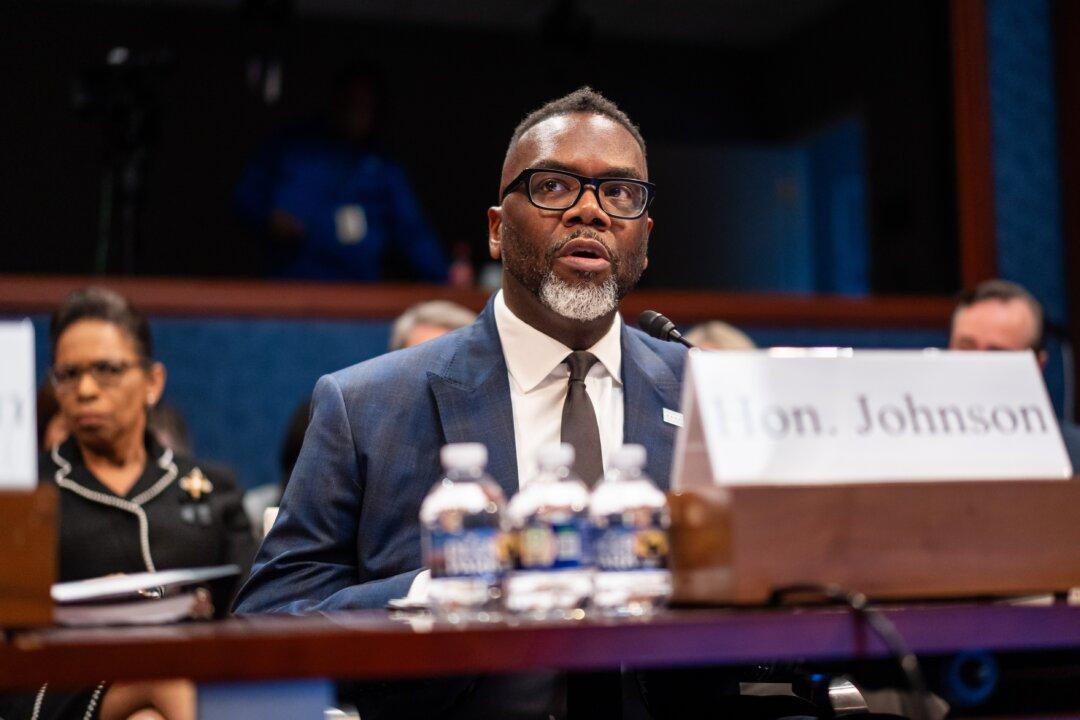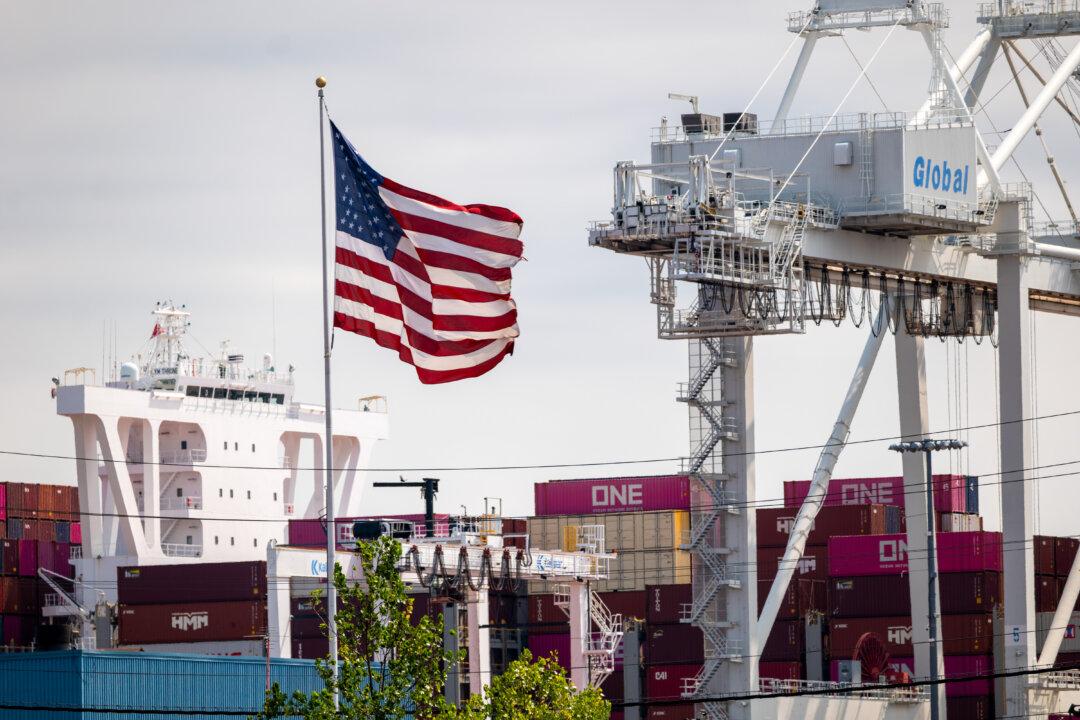Inflation has displaced the CCP virus as investors’ top worry, as Wall Street looks beyond the pandemic to the effects of the tidal wave of stimulus and the unleashing of pent-up demand as the economy recovers, a new Bank of America survey shows.
The bank’s most recent Global Fund Manager Survey (FMS) indicates that while the CCP (Chinese Communist Party) virus was the biggest “tail risk” in February, that has been replaced in March by above-expectation rates of inflation.





